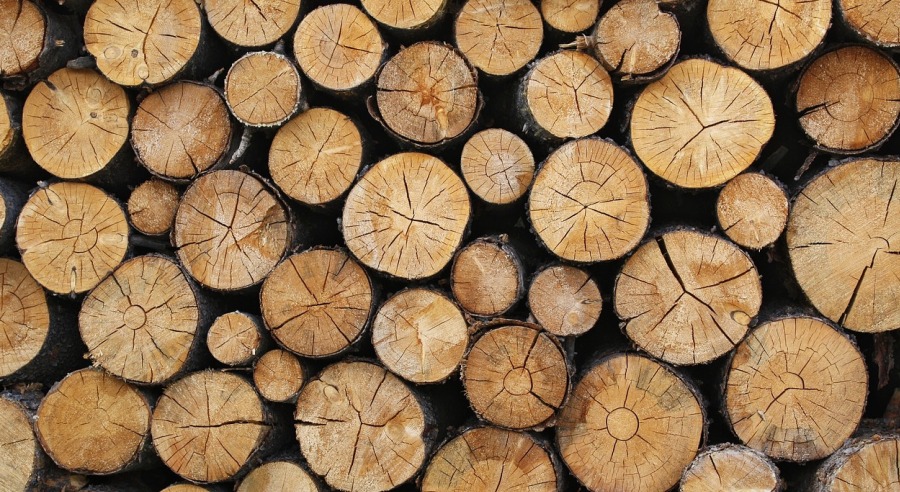What is Deforestation
Deforestation is the conversion of forested areas to non-forest land use such as arable land, urban use, logged area or wasteland.
As the entire world seeks to slow the pace of climate change, trees inevitably hold a significant part of the answer. Yet the mass destruction of trees continues, sacrificing the long-term benefits of standing trees for short-term gain. We need trees for various reasons, not least of which is that they absorb not only the carbon dioxide that we exhale but also the heat-trapping greenhouse gases that human activities emit.
According to one estimate, tropical tree cover alone can provide 23 percent of the climate mitigation needed over the next decade to meet goals set in the Paris Agreement in 2015. Forests still cover about 30 percent of the world’s land area, but they are disappearing at an alarming rate.
Between 1990 and 2016, the world lost 1.3 million square kilometers of forest, according to the World Bank. Since humans started cutting down forests, 46 percent of trees have been felled, according to a 2015 study in the journal Nature. About 17 percent of the Amazonian rainforest has been destroyed over the past 50 years, and losses recently have been on the rise.
With the current rate of population explosion, the world population could be expected to increase from 7.6 billion to about 10 billion in the next 30 to 35 years. The growing demand for food can be expected to rise by 50% in the given period, and it is a matter of grave concern.
Rational utilization and proper management of forest resources are the most viable ways to prevent mass destruction of forests and large-scale species extinction. It is necessary to find the links between the growing demands and meeting the needs in a sustainable manner.
Deforestation
According to United Nations Food and Agriculture Organization (FAO)
Deforestation is the conversion of forest to another land use or the long-term reduction of tree canopy cover below the 10% threshold.
Deforestation defined broadly can include not only conversion to non-forest but also degradation that reduces forest quality – the density and structure of the trees, the ecological services supplied, the biomass of plants and animals, the species diversity, and the genetic diversity.
Causes of Deforestation:
The dynamics and causes of deforestation are multi-faceted and complex, and they vary from place to place. There are direct drivers of deforestation, which are associated with a complex set of indirect (“underlying”) drivers that also need to be tackled if efforts are to be successful in the long term. Drivers can also classified be as human-induced or natural.
The principal direct drivers of deforestation at the global level are:
Commercial agriculture for food, feedstock, fibre and biofuel (e.g. palm oil, soybeans, beef, maize, rice, cotton and sugar cane);
Local or subsistence agriculture;
Infrastructure expansion;
Mining; and
Urban expansion.
Farming, grazing of livestock, mining, and drilling combined account for more than half of all deforestation. Forestry practices, wildfires and, in small part, urbanization account for the rest. In Malaysia and Indonesia, forests are cut down to make way for producing palm oil, which can be found in everything from shampoo to saltines. In the Amazon, cattle ranching and farms particularly soy plantations are key culprits.
Illegal or otherwise unsustainable logging is principally an agent of forest degradation, but it may also be a precursor to deforestation: selectively logged forests are often deforested within a few years of logging if governance is weak and logging roads provide ready access to the land for agriculture and other development. Forests are also cut as a result of growing urban sprawl as land is developed for homes. In the early nineties, Canada and Malaysia were famous examples of countries where logging companies ruthlessly cleared mile upon mile of precious primary forests. Here too, the historical perspective should not be overlooked. Countries like Ireland and Scotland used to be almost entirely forested, but were nearly completely cleared under British rule to provide timber for English shipbuilders.
Underlying drivers are complex interactions of social, economic, political-institutional, technological, and cultural factors that affect the direct drivers. They act at multiple scales, such as:
- Global (e.g. markets forces, commodity prices, and a lack of international agreements or their enforcement);
- National (e.g. population growth or movement, domestic markets, unsound national policies, conflicting cross-sectoral policies, weak governance and institutions, market failures, lack of law enforcement, illegal activities, civil conflict, diverging interests, unequal power relations, and the centralization of services); and
- Local (e.g. poverty, changes in household behavior, landlessness, the unclear and asymmetric allocation of rights, technological change in agriculture, and a lack of investment in Sustainable Forest Management).
The distinction between direct and underlying causes, and between human-induced and natural change, is often unclear. Deforestation usually involves long, complex chains of cause and effect. According to FAO, the expansion of agriculture caused nearly 80% of global deforestation, with the construction of infrastructures such as roads or dams, together with mining activities and urbanization, making up the remaining causes of deforestation. In developing countries, high population growth coupled with rapidly expanding agriculture, and over-exploitation of forest resources is believed to be responsible for accelerated rate of deforestation. Similarly, in many parts of the world, wood production was found to be a significant contributor of deforestation. The main drivers of deforestation are all likely to increase in coming years as a result of continued increases in population and economic growth; urbanization; meat consumption; global demand for wood products and agricultural commodities; and the impacts of climate change, such as increased rate of grazing, fire frequency and intensity, and pest and diseases.
Consequences of Deforestation


